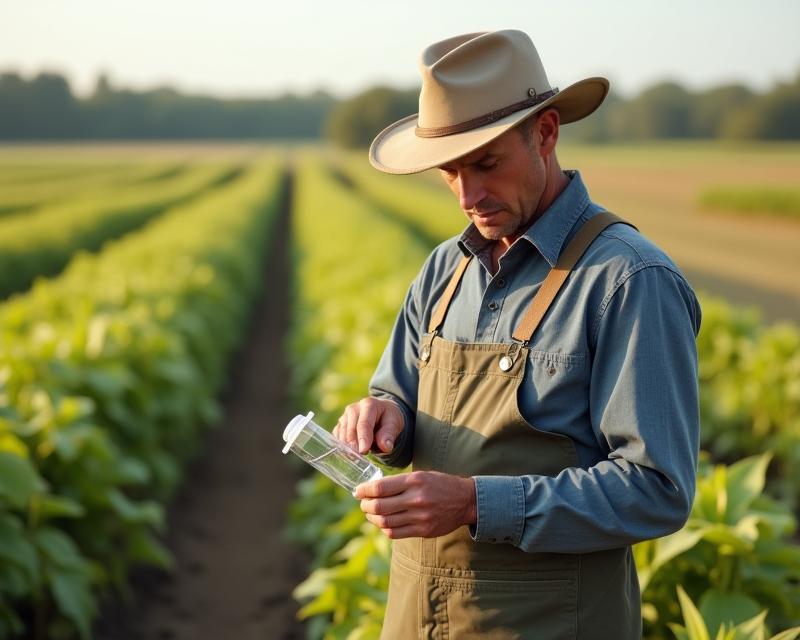Cross-Pollination: A Threat to Your Farm?
Publish in Agriculture el 03/07/2025 17:12
Cross-Pollination: A Threat to Your Farm?
Hello farmers and gardeners! We all strive to maintain the integrity of our crops, whether we're growing organic produce or traditional varieties. But have you considered the potential for cross-pollination? It's a natural process, but when it comes to genetically modified (GM) and non-GM crops, it can create some unexpected challenges. Understanding this risk is crucial for protecting your farm's heritage and maintaining control over your yields.

What is Cross-Pollination?
Simply put, cross-pollination happens when pollen from one plant fertilizes another. This is how many plants reproduce naturally. However, the concern arises when pollen from a GM crop travels to a non-GM crop, leading to genetic changes. This can happen through wind, insects (like bees!), or even human activity. The result? You might end up with unintended traits in your crops, which can impact market value, organic certification, or even the flavor and quality you're aiming for.
The Risk with Transgenic Crops
One of the biggest concerns is the potential for genetic drift. When GM crops are grown near non-GM crops, pollen can drift over considerable distances. This can lead to the introduction of GM traits into non-GM varieties, even if you're taking precautions. While the exact impact of this drift is still being studied, there are documented cases of genetic drift affecting non-GMO farms. For example, studies have shown the presence of GM traits in organic corn and canola fields, even when located far from GM farms. This can complicate organic certification processes and potentially impact market access for non-GMO producers.
Documented Cases & What You Can Do
Several studies and reports have highlighted instances of genetic drift. One notable case involved the unintended presence of glyphosate resistance in non-GM crops due to pollen drift from glyphosate-tolerant GM crops. Another showed the spread of insect resistance traits from Bt crops to wild relatives of crops. These examples underscore the importance of proactive measures. So, what can you do to minimize the risk? Consider buffer zones between GM and non-GM fields. Planting windbreaks can also help reduce pollen dispersal. Regular monitoring of your crops for unexpected traits is another good practice. Finally, staying informed about regulations and best practices in your region is essential. Protecting your farm's genetic integrity requires vigilance and a proactive approach. It’s about safeguarding your livelihood and the future of your crops.





